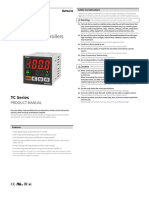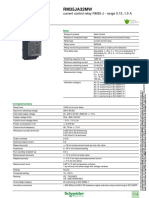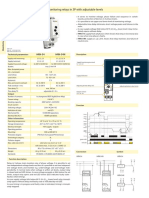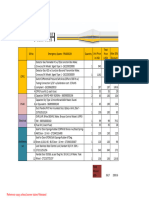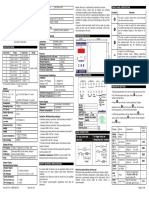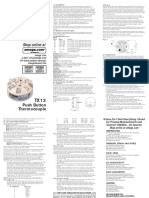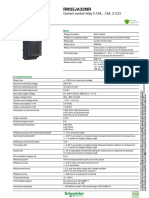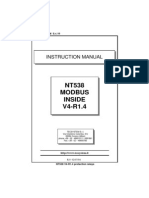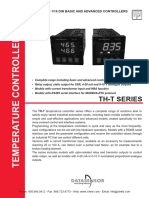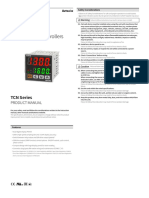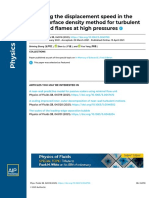0% found this document useful (0 votes)
90 views9 pagesInsulation Monitoring Guide
The document describes several insulation monitoring devices:
1. The VA40 insulation monitoring relay measures insulation failures or network overloads and has inputs to connect temperature sensors. It can connect up to 4 repeater panels and is configured via front buttons.
2. The TI1 measuring current transformer measures current in isolated networks to detect overloads.
3. The CR5 repeater panel signals insulation faults or overloads with lights and an alarm. It can be connected in parallel to other panels to synchronize alarms.
Uploaded by
Jhojan Andres Carmona PerezCopyright
© © All Rights Reserved
We take content rights seriously. If you suspect this is your content, claim it here.
Available Formats
Download as PDF, TXT or read online on Scribd
0% found this document useful (0 votes)
90 views9 pagesInsulation Monitoring Guide
The document describes several insulation monitoring devices:
1. The VA40 insulation monitoring relay measures insulation failures or network overloads and has inputs to connect temperature sensors. It can connect up to 4 repeater panels and is configured via front buttons.
2. The TI1 measuring current transformer measures current in isolated networks to detect overloads.
3. The CR5 repeater panel signals insulation faults or overloads with lights and an alarm. It can be connected in parallel to other panels to synchronize alarms.
Uploaded by
Jhojan Andres Carmona PerezCopyright
© © All Rights Reserved
We take content rights seriously. If you suspect this is your content, claim it here.
Available Formats
Download as PDF, TXT or read online on Scribd
/ 9














